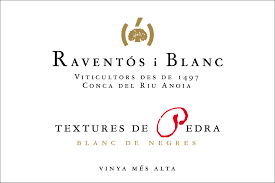I met German winegrower Alexander Pflüger at a tasting yesterday, and tried the five wines that he had brought. Pflüger took over the family estate in 2010, fine-tuned the viticultural practise and started exporting. All the work had been organic since the 1980’s, but some biodynamic principles were introduced, and there is still a constant work to maintain a healthy biodiversity.
The farm is found in Bad Dürkheim, in the central-north part of Pfalz. All the wines are authentic, full of character and tell about their origin.
The vines grow on a terrace in Michelsberg vineyard. The St. Michael chapel is located at the top of the vineyard, and there has been winegrowing here since the 17th century. The vineyard faces south, and the soil consists of fossil limestone and a mixture of red and yellow sandstone. The must is macerated for about fourteen hours, and there is no filtering nor clarification before the spontaneous fermentation in large 2400 liters old wooden vats. Batonnnage is carried out over a six month period.
In Pfalz vintage 2016 gave generally fruit-driven, elegant wines. This one is certainly no exception.
Michelsberg Riesling Trocken 2015 (Weingut Pflüger)
Light yellow, a touch of green. Clean, fruity, appley with a touch of lemon and canteloupe melon. It’s a relatively rich wine, but with a steely structure that keeps it wonderfully together in a perfect balance. It’s still young though, and I expect that it will continue to reveal more layers over the next few years.
Price: Low-medium
Food: Fish, shellfish, light meat, cheeses…
Leave a Comment






